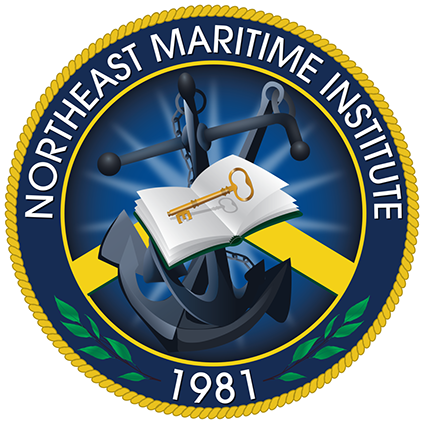The Power of Bridge Resource Management
The pivotal role of Bridge Resource Management (BRM) in ensuring maritime safety cannot be overstated. This article explores BRM’s significance and its impact on improving safety at sea.
Understanding Bridge Resource Management (BRM)
BRM is a comprehensive approach to maritime operations, focusing on optimizing resources on the ship’s bridge, including human, equipment, technology, and information. Its primary goal is to promote safe and efficient navigation through effective coordination and communication among the bridge team members.
Built on key principles like situational awareness, communication, teamwork, decision-making, and leadership, BRM offers a structured approach to resource management, reducing the risk of accidents at sea.

Understanding Bridge Resource Management (BRM)
BRM is a comprehensive approach to maritime operations, focusing on optimizing resources on the ship’s bridge, including human, equipment, technology, and information. Its primary goal is to promote safe and efficient navigation through effective coordination and communication among the bridge team members.
Built on key principles like situational awareness, communication, teamwork, decision-making, and leadership, BRM offers a structured approach to resource management, reducing the risk of accidents at sea.
Importance of BRM in Enhancing Maritime Safety
In enhancing maritime safety, BRM addresses the leading cause of accidents: human error. It fosters a culture of accountability and continuous improvement, minimizing errors that could lead to collisions or groundings.
Effective communication is crucial in the dynamic maritime environment, and BRM encourages open channels among the bridge team, leading to informed decision-making and reducing the likelihood of errors and accidents.
Given the industry’s 24/7 operation and demanding schedules, BRM tackles challenges related to workload and fatigue by promoting proper watchkeeping practices and ensuring the bridge team remains alert during critical navigation phases.
Implementing BRM on Maritime Vessels
To implement BRM successfully, comprehensive training and education are essential. This includes theoretical knowledge and practical exercises simulating real-world scenarios, enhancing the bridge team’s ability to apply BRM principles. Standard Operating Procedures (SOPs) play a crucial role, providing a framework for consistent and standardized bridge operations.
Advancements in maritime technology support BRM efforts by enhancing situational awareness and decision-making. However, maintaining a balance is key, ensuring technology complements, rather than replaces, the human element in BRM.
Conclusion
BRM is indispensable for maritime safety, minimizing human error, promoting effective communication and decision-making, and addressing issues of workload and fatigue. As the maritime industry evolves, embracing and enhancing BRM practices remains crucial for protecting seafarers’ lives and preserving the marine environment.
Bridge Resource Management is a fully online, STCW approved course provided by NEMO˚. Receive your training now on NEMO˚.





